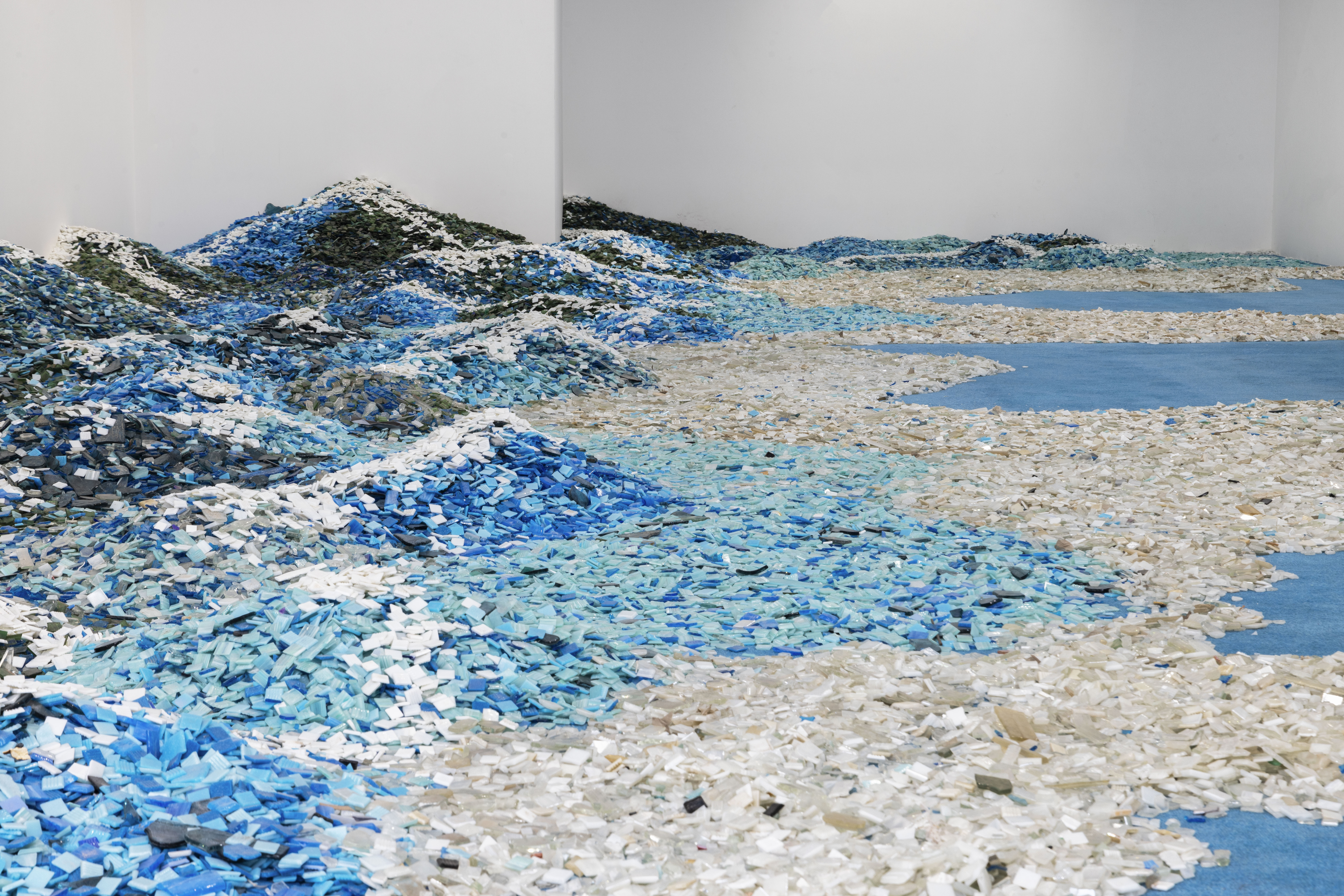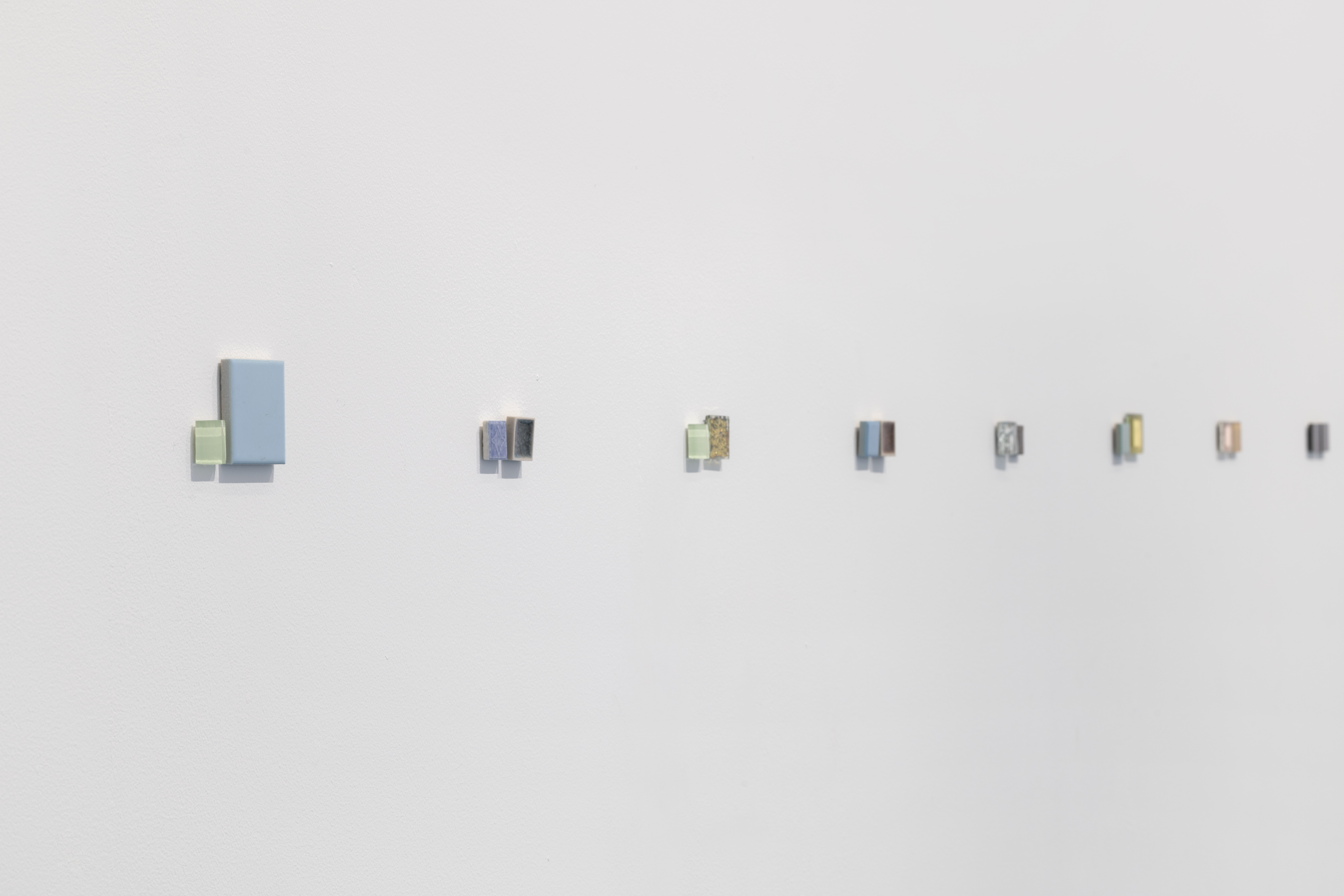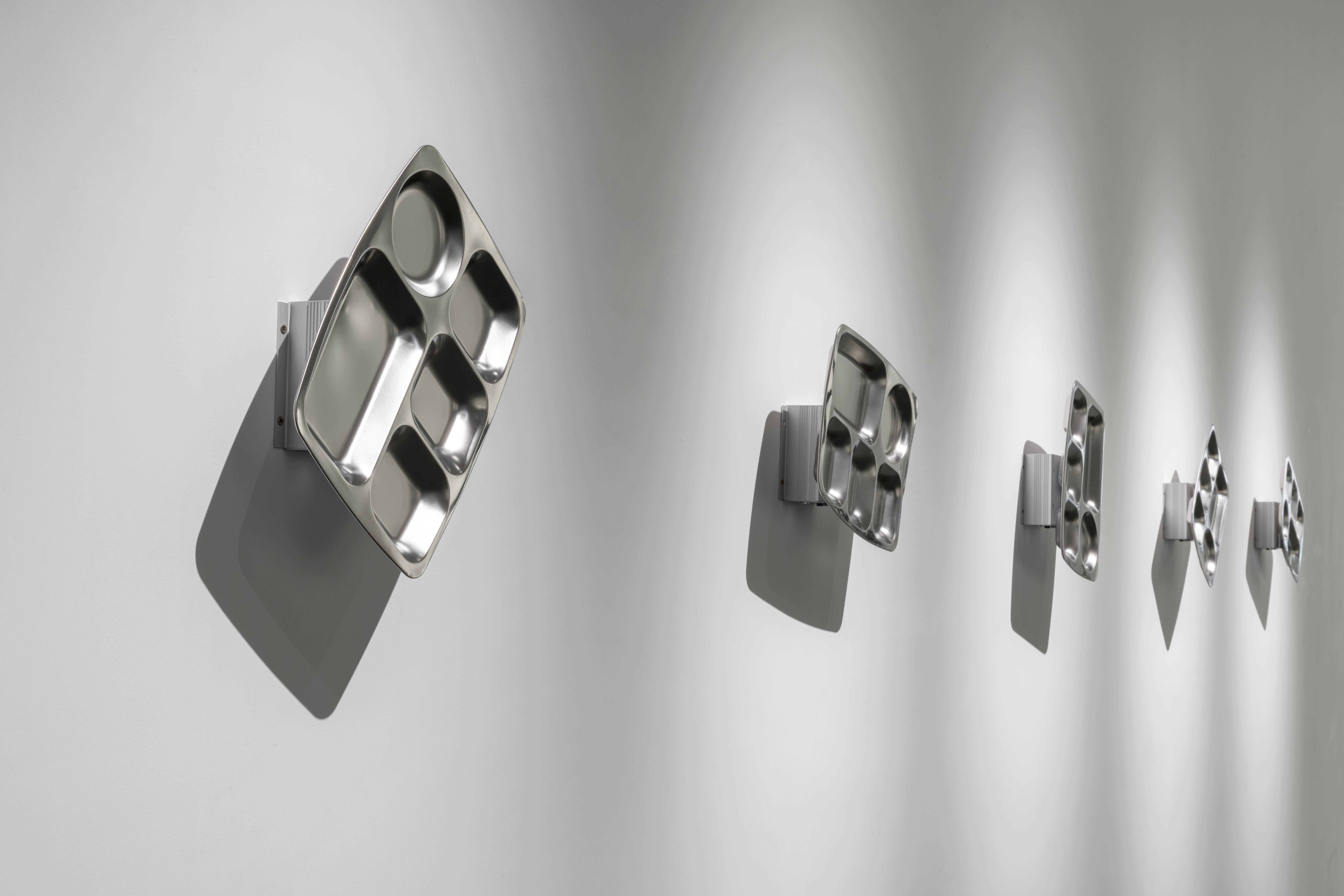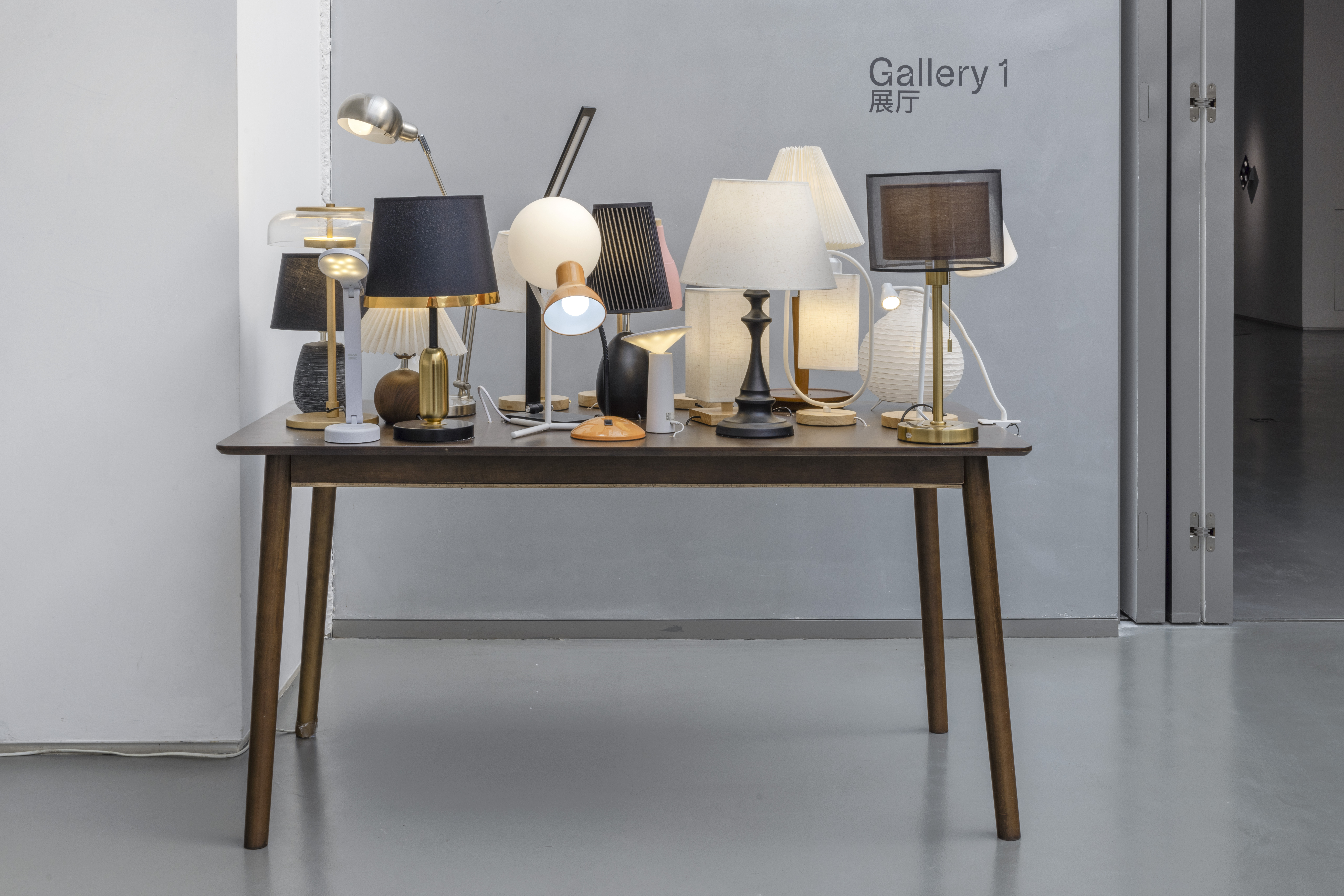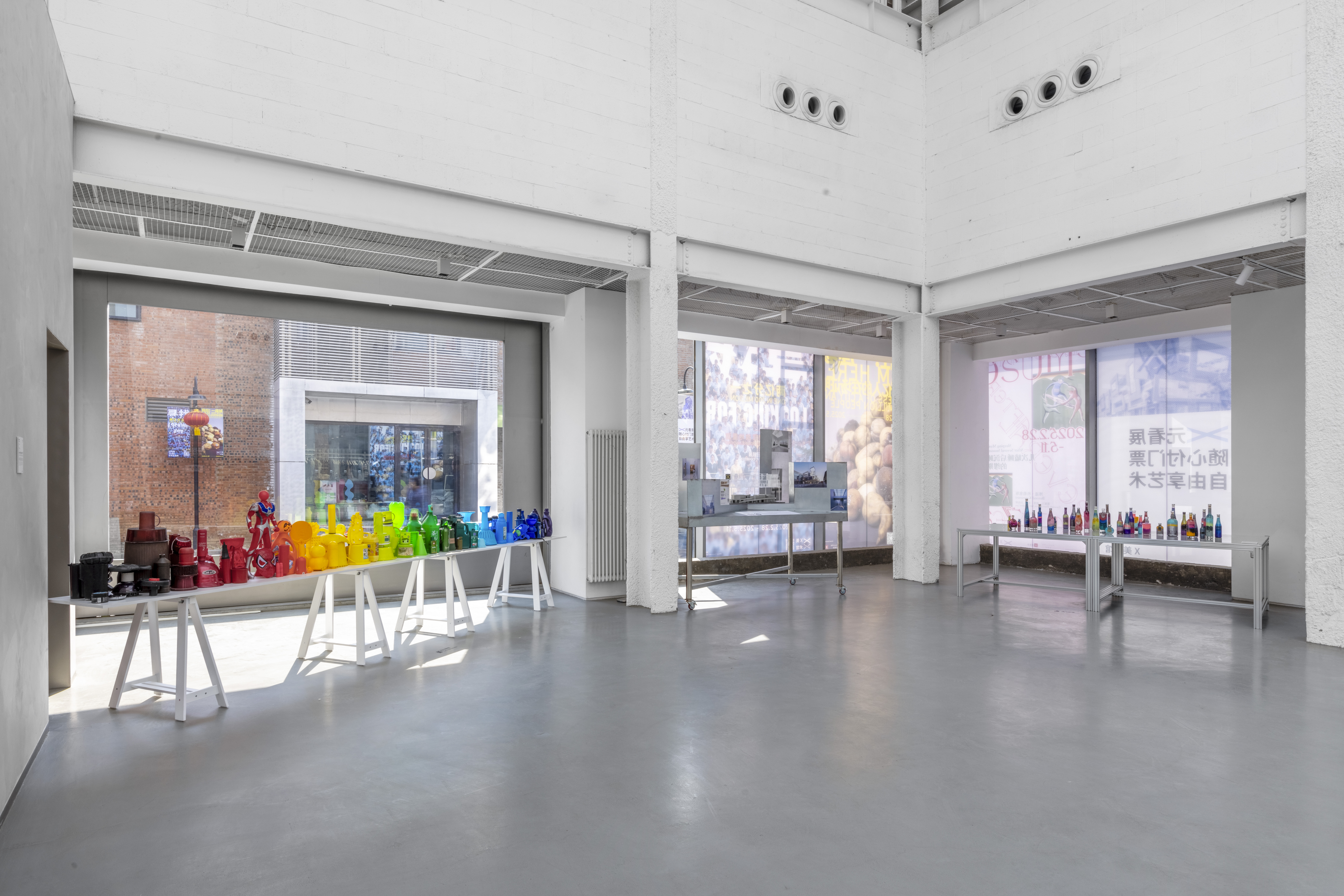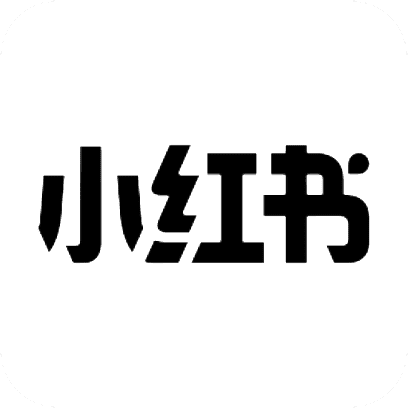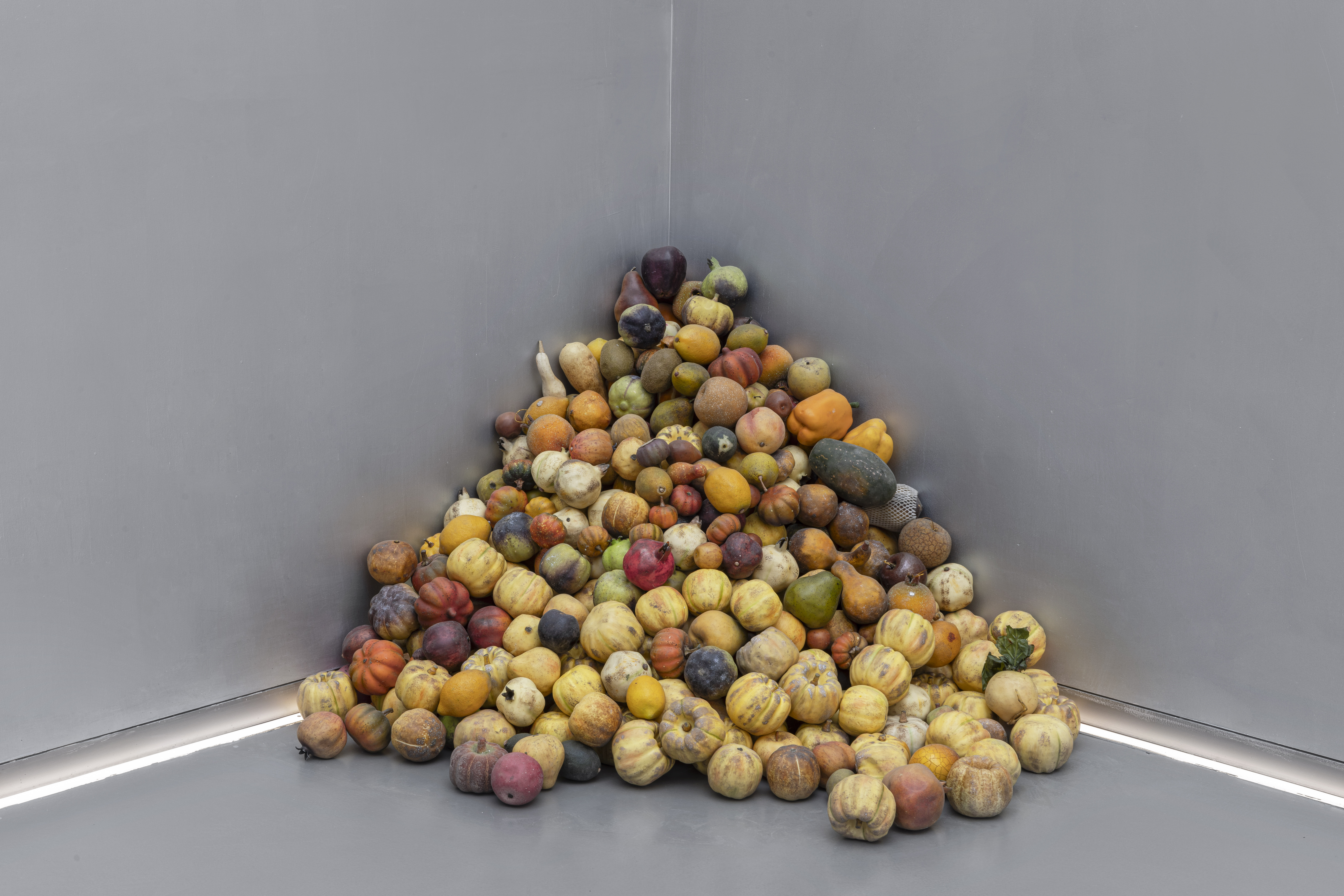
Humans create value and transform life through their hands, aspiring to live poetically in the city. Meanwhile, cities become imbued with shared memories and emotions through the contributions of generations of laborers. Since the Reform and Opening-Up era, Dongguan has rapidly emerged as a pivotal manufacturing hub along China’s southern coast and an emerging first-tier city. As a native artist of Dongguan, Li Jinghu maintains a profound focus on material substances and forms. Throughout over two decades of artistic practice, he has consistently navigated and reflected within these realms, intertwining the notes of both the era’s and his personal destiny. This enduring exploration has enabled him to construct a unique spatiotemporal coordinate system within his artistic universe.
Li Jinghu, through his profound insights into Dongguan’s urbanization, the memories of its residents, and societal transformations, employs his distinctive artistic language to interrogate the evolution of the era and the metamorphosis of the city’s urban fabric. The exhibition seeks to review Li’s recent artistic endeavors, offering an interpretation of Dongguan rooted in his personal narratives while fostering cross-regional cultural exchange. Additionally, the exhibition will debut a series of new works by Li. These creations not only signify groundbreaking shifts in his creative dimensions but also mirror, within the folds of time, the artist’s own trajectory of transformation and the concentric growth rings of the city’s development. Together, they interweave as mutual annotations, crafting a dialogic space imbued with temporal and spatial depth.
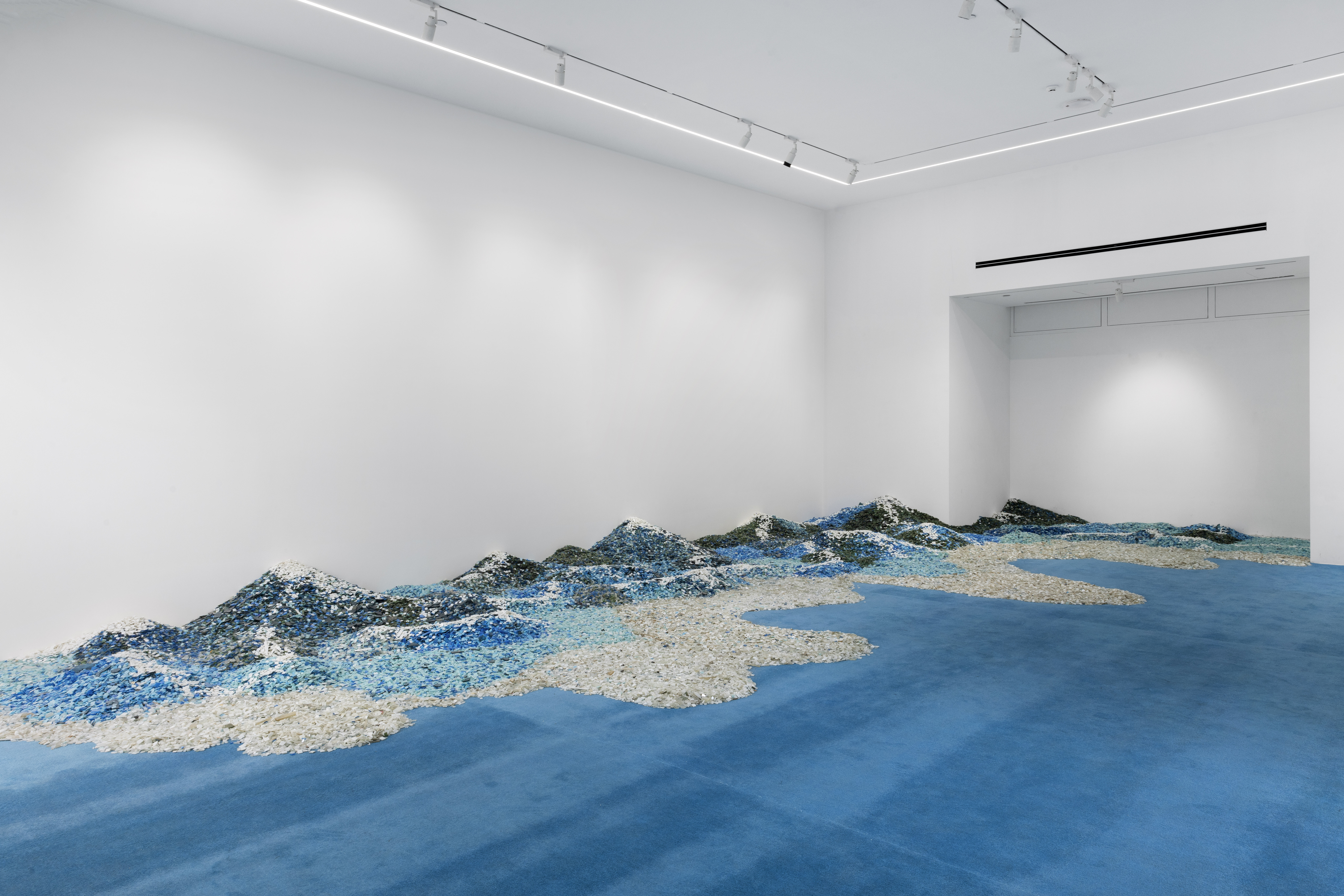
In 2002, at the age of thirty, Li Jinghu resigned from his position as an art teacher and returned to Dongguan from Shenzhen. This juncture marked a pivotal moment of self-discovery and the reclamation of his identity as an artist. After returning to his hometown, Li Jinghu discerned the universal through the minutiae of daily work and life, forging his own path and aspirations in artistic practice, while his uncertainties about contemporary art gradually dissipated. As a firsthand witness to the grand trajectory of Dongguan’s Reform and Opening-Up, Li began to position his personal narratives within the context of societal transformation, both conceptually and materially. All works featured in the exhibition, ‘I Am Here! A Witness of a City and 200 Million People,’ originate from the ‘lived site’ collectively shaped and witnessed by the 200 million individuals who have grown alongside this city.
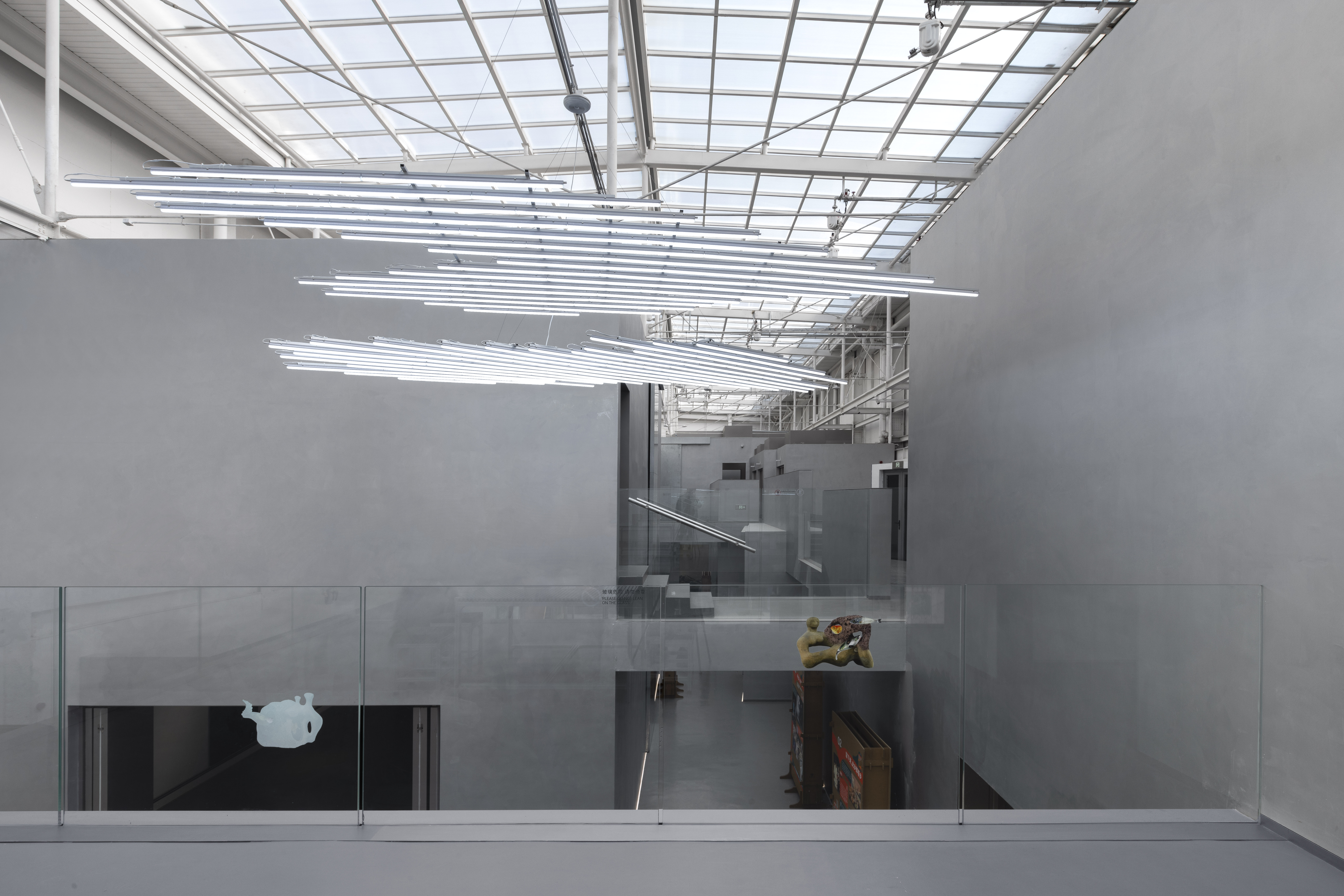
Li Jinghu’s artistic practice centers on the subject of urban mass production, transforming readily accessible everyday materials, particularly industrial ready-mades, into mediums of production that illuminate the underlying relationships between labor and consumption. In White Clouds, he assembles fluorescent light tubes, commonly used in factory ceilings, into a cloud-like form suspended above the lobby. The light that once illuminated the bodies of factory workers is reimagined as a poetic manifestation of collective experience. This interplay between materiality and natural imagery disrupts superficial perceptions of everyday life, resonating with the architectural concept of ‘Playful Valley’ at X Museum—a space that transforms industrial structures into a rhythm of wandering through landscapes, reimagined within an Eastern aesthetic framework. The materiality of Li’s works operates on two planes. In one sense, his materials serve as media intrinsically tied to specific socio-industrial contexts: mosaic tiles, frequently employed by the artist, resonate with southern China’s industrial history and urbanization, while Immortality, a sculpture of stacked fruits and vegetables, reflects the commodity-driven economy. In another sense, his materials possess a commensurable quality – The artifacts, through repeated arrangement, ultimately transform into accumulated emotions over time and are revealed.
In post-modern artistic practice, the significance of art lies not in displaying or replicating the world but in re-creating it within a given spatiotemporal framework; or, through acts of creation, crystallizing moments of ‘creative genesis’within the exhibition space. From this perspective, Li Jinghu’s works themselves become a continuum of successive ‘creative moments,’ where the artist’s concepts, sensations, and epiphanies permeate each creative cycle, thereby constituting a dialectic of repetition and difference. This interplay of repetition and difference resonates with the rhythms of viewers’ daily lives while also forming an intertextual dialogue with the city’s perpetual renewal. The gaze and physical presence of the audience coexist with the works in the ‘actual’, the immediate present, much like in Waterfall, where multiple smartphone screens are linked to cascading streams from faucets, visualizing a flow both digital and visceral. Such provisional ‘actual’ or ‘punctum’ (after Roland Barthes) distinguish art from mere replication, while tethering it to the ceaseless churn of reality. The prototypes and materials of these works originate from tangible scenes within Dongguan’s urban development, bearing memories and lived experiences that symbolize human presence. In the exhibition, the viewer’s gaze illuminates the moments encapsulated by the works, forging an empathic resonance between individual and artifact.
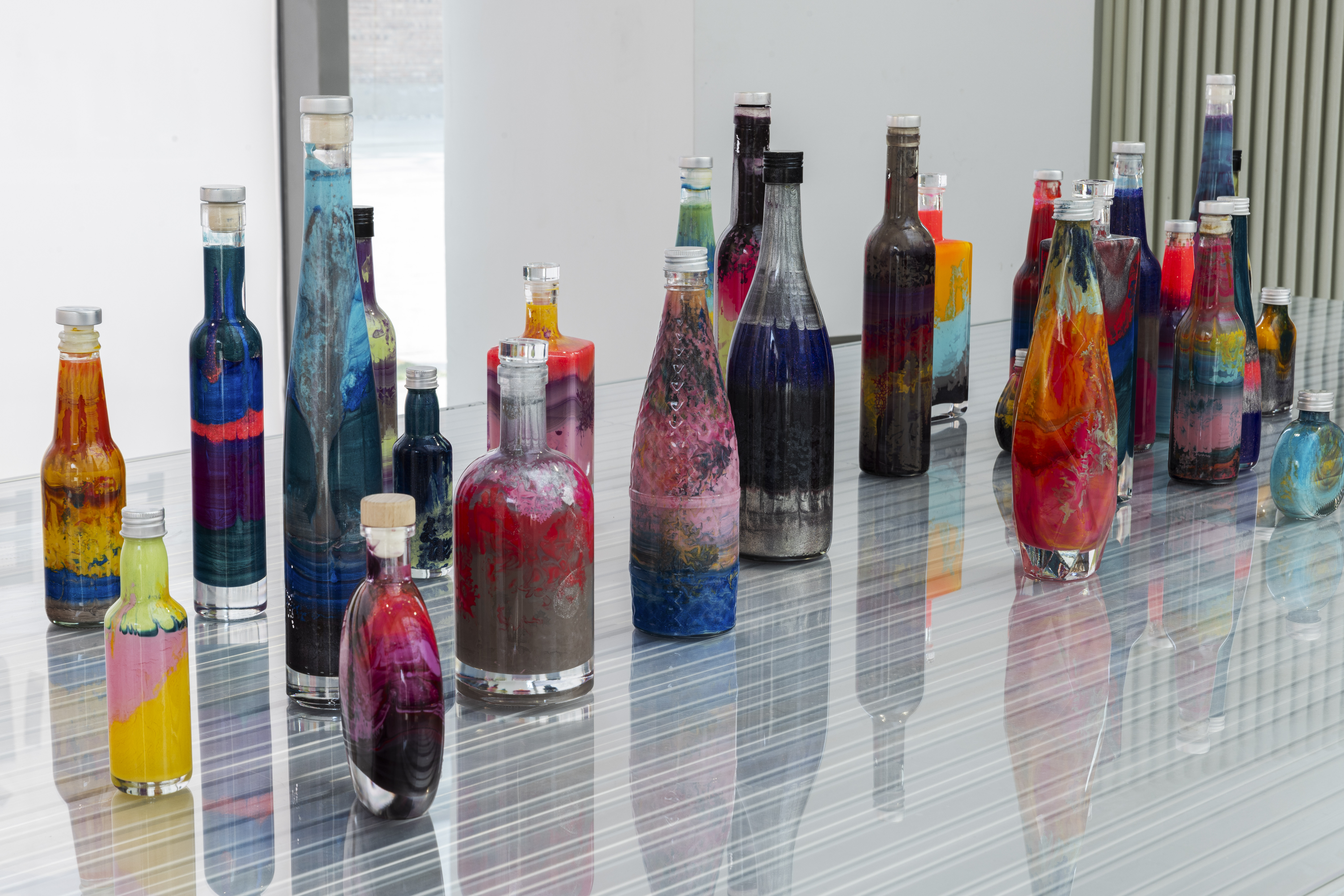
The contemporary art exhibition ‘I Am Here! A Witness of a City and 200 Million People,’ debuted at Dongguan’s Tang Art Museum before and widespread critical acclaim. As a platform dedicated to cross-cultural dialogue and multidisciplinary artistic creation, X Museum has expanded the conceptual boundaries of Li Jinghu’s exploration of ‘presence,’ enabling his works to be re-examined and reinterpreted within broader cultural frameworks. The new pieces featured in this touring exhibition continue Li’s engagement with industrial materials, extending their collective narratives while pivoting toward more intimate emotional storytelling, exemplified by Hero, where copper air-conditioning pipes are contorted into familial figures, and Youth evokes longing and imagination for idyllic moments. Though deeply rooted in Dongguan’s local historical fabric, these works transcend geopolitical conventions through a poetic syntax. As viewers wander the gallery in a state of cognitive suspension, they encounter emotional resonances channeled through the interplay of materiality and sensibility. Li’s dual spatial narrative strategy – oscillating between ‘factory’ and ‘home’ – elevates individual memories of a manufacturing powerhouse into a collective epic of China’s contemporary urbanization.
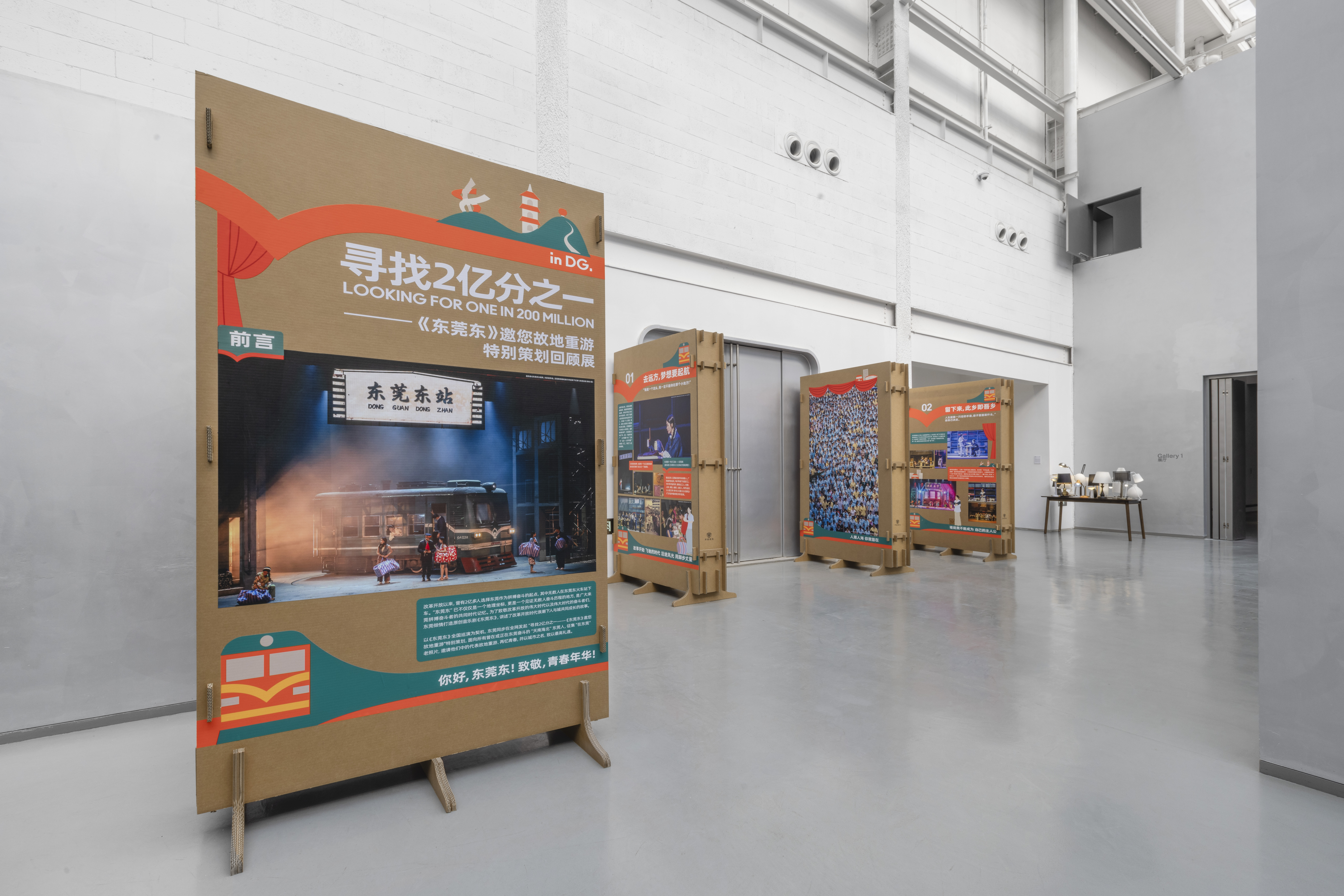
Beyond the artwork, the special exhibition ‘Looking for One in 200 Million – an Invitation From DONGGUANDONG’ further expands the dimension of ‘witness.’ Through visual and textual materials, it outlines the social changes in Dongguan over the past forty years, allowing the traces of individual presence to be reawakened. This continues the exhibition’s in-depth exploration of the city, memory, and the transformation of times, writing a new industrial civilization legend of empathy, resonance, and progress in Dongguan, created through the great process of Reform and Opening-Up, where ‘people, industry, city, and culture’ are intertwined.
The exhibition ‘I Am Here! A Witness of a City and 200 Million People’ is guided by Industrial Culture Development Center, organized by the Publicity Department of the CPC Dongguan Municipal Committee and Dongguan Municipal Office of Spiritual Civilization Construction, co-organized by the Bureau of Culture and Tourism of Chaoyang District of Beijing Municipality, and hosted by X Museum. The exhibition is curated by You Yang and He Yujie. It is held with the generous support of the X Museum patrons, the annual sponsorship partners Phillis and Tikkurila. Thanks to South China Art Museum for providing Li Jinghu with studio and support, thanks to Xiexie Design and Tang Art Museum for providing catalogue design support, and thanks to Bei Zun Art for providing Mosaic tiles for his work.
About The Artists
About The Curators
